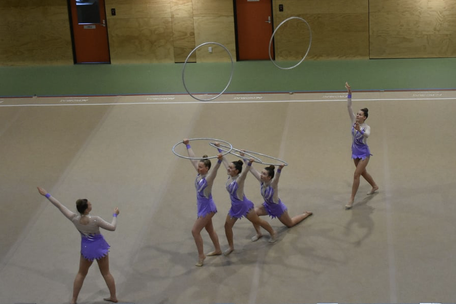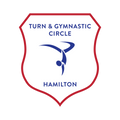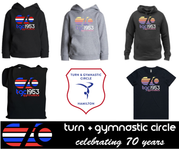Rhythmic Gymnastics
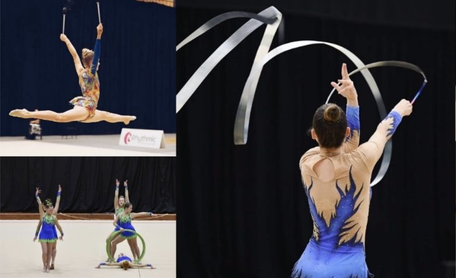
Hamilton's Spiralz Rhythmic Gymnastic Club was a not for profit Incorporated Society established on 11th April 2000.
In 2024 Spiralz merged with Turn and Gymnastic Circle joining Rhythmic and Artistic Gymnastics together under one roof.
What is Rhythmic Gymnastics?
Rhythmic gymnastics is a sport which is a combination of dance and gymnastics with the use of apparatus such as ribbon, ball, clubs, hoop and rope performed in time to music.
The sport promotes coordination and flexibility as well as developing body strength. It also encourages pride and confidence in the gymnasts as they master their routines and perform individually at competitions during the year.
All Rhythmic Gymnastic classes are held at our Pukete Gym
Te Rapa Sportsdrome
Ashurst Park
Church Road
Pukete
When can you start Rhythmic Gymnastics?
Recreational Gym for All classes (GFA)
We take registrations for recreational classes (ie non-competing gymnasts) from 5 years of age at the start of term 1, 2, 3 & 4.
Our Gym for All classes are split into Spiralz Junior (5-7 years) & Spiralz Intermediate (8-12 years)
Competitive Rhythmic Gymnastics (Levels 1-10)
For those gymnasts who are ready to compete, we take new gymnasts at the start of term 4 (this is the start of the competitive year). This is the time when gymnasts move up to a new level and is when new skills and routines are being learnt for the next competition season. Before entering the competitive stream gymnasts are assessed by our head coach to ensure they are placed in the correct level for their age and ability.
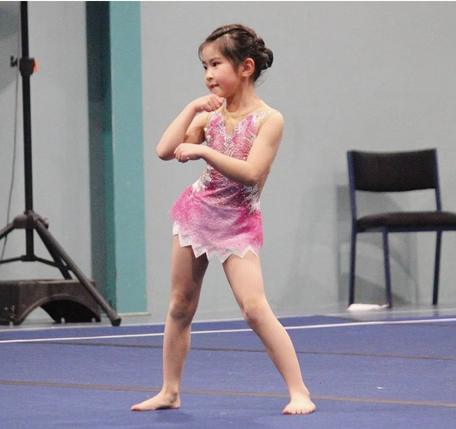
Apparatus
Freehand
Freehand is performed only in levels 1 to 5. It involves the gymnast concentrating on their body movements and using skill and performance to win over the judges and gain points.
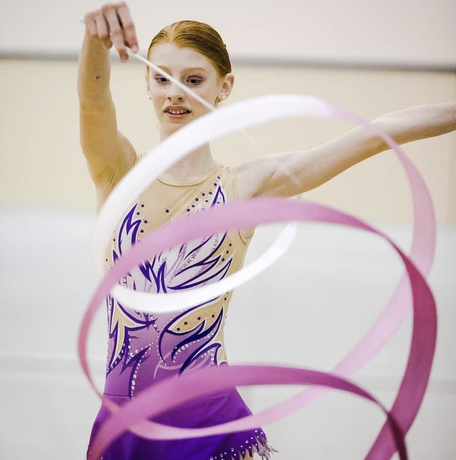
Ribbon
The ribbon is moved through the air creating designs in the air such as snakes and spirals. The ribbon can also be thrown and caught in the routine.
The stick is usually made of wood, plastic or fibreglass. The ribbon is often satin, silk or non-starched synthetic such as rayon. The length of the ribbon is 5 metres or more, depending on the level of the gymnast. The stick is usually made of wood, plastic or fibreglass. The ribbon is often satin, silk or non-starched synthetic such as rayon. The length of the ribbon is 5 metres or more, depending on the level of the gymnast.
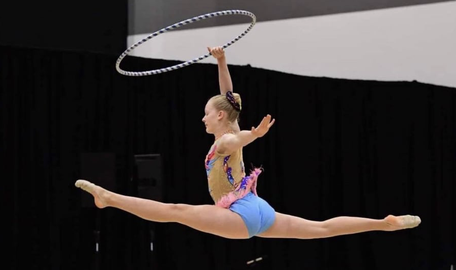
Hoop
The hoop can be thrown, caught, spun around the body and used to skip through the routine. Handling of the hoop requires changes in grip while changing the motion of the body. Sometimes the gymnast will pass through the hoop while moving across the floor. Hoops are often taped with coloured tape to increase the weight and to add colour to the performance.
The hoop is made of plastic
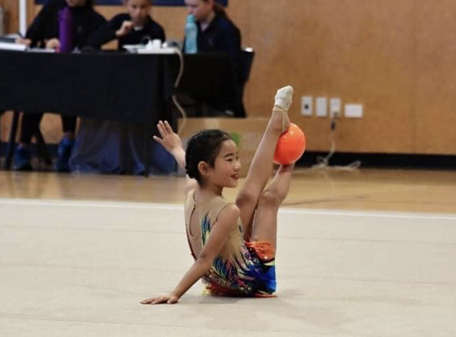
Ball
The ball can be rolled across the body, bounced on the floor or rebounded on the body. It can also be thrown and caught with spectacular results when performed as part of another movement such as a roll. The ball is to be held without gripping, it must float on the hand of the gymnast and move in harmony with the body.
The ball is made of rubber or plastic.
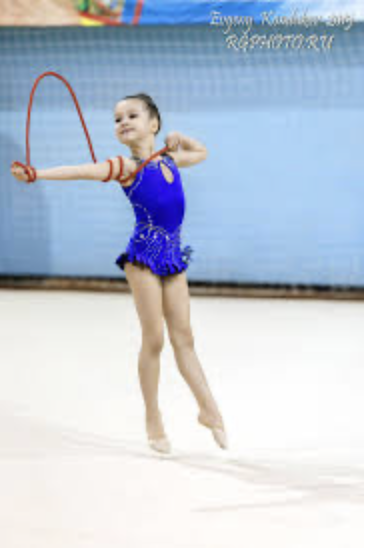
Rope
The rope is thrown around and can be taut or loose to create shapes. Sometimes it is moving gracefully and other times is snapped back to create dramatic effect.
The rope is made of hemp or a synthetic material. It's length is proportional to the height of the gymnast.
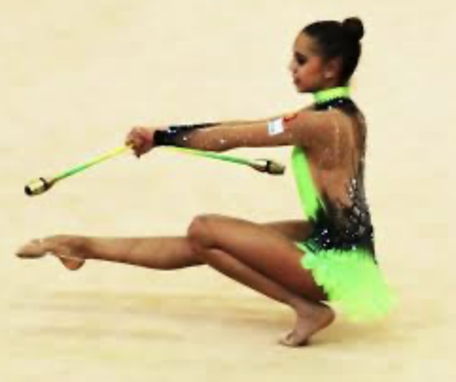
Clubs
The clubs are swirled and thrown to create as many figures as possible. Throws are sometimes at great heights to enable the gymnast to perform body movements under the clubs before catching them again. Performance with clubs requires good coordination skills as well as a sense of timing to be able to catch them without looking.
Clubs are made of plastic or rubber.
